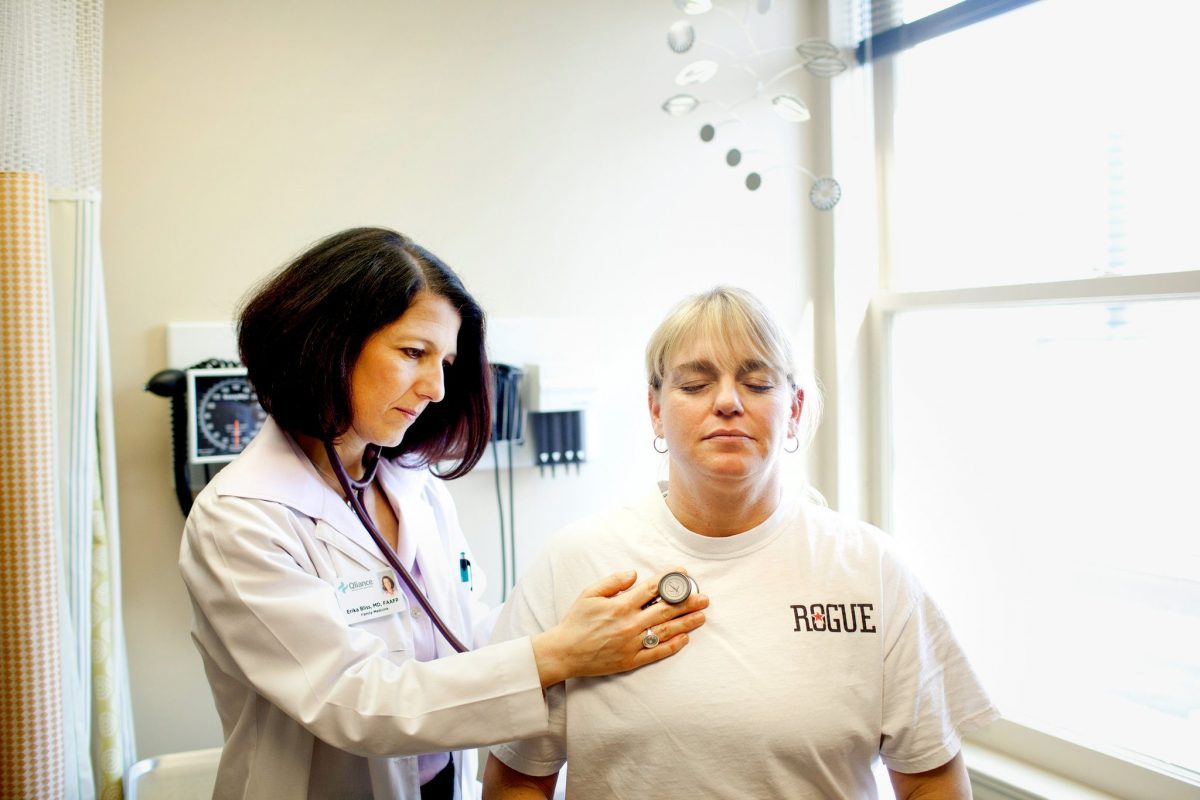In recent years, a significant shift in the healthcare paradigm has emerged, redefining how patients and doctors interact. Direct Primary Care (DPC) is at the forefront of this revolution, offering a personalized healthcare model that emphasizes a direct relationship between patients and their providers. This innovative approach sidesteps the complexities and constraints of traditional insurance-based systems, leading to more personalized, accessible, and affordable care.
Understanding Direct Primary Care
What is Direct Primary Care?
Direct Primary Care is a model where patients pay a flat, monthly fee directly to their main physician. This fee covers most primary care services including consultations, visits, and routine checkups. This model eliminates the need for insurance billing, reducing overhead and allowing doctors to focus more on patient care rather than paperwork.
Benefits of Direct Primary Care
- Enhanced Doctor-Patient Relationship: With fewer patients, doctors in DPC practices can spend more time with each individual, leading to better personalized care and a deeper understanding of each patient’s unique health needs.
- Predictable Costs: Patients enjoy a transparent, flat monthly fee without the surprises of co-pays and hidden charges often associated with insurance billing.
- Accessibility and Convenience: Many DPC providers offer same-day appointments, telemedicine options, and direct communication via phone or email, significantly enhancing the accessibility and convenience of care.
Direct Primary Care and Mental Health
The DPC model’s personalized approach holds particular promise for addressing mental health and addiction issues. Traditional healthcare settings often provide limited time and resources for these complex, nuanced conditions. However, the DPC model’s emphasis on time, relationship, and comprehensive care can create a supportive environment for managing mental health, including issues related to addiction treatment. This patient-centered approach ensures individuals receive the attention and tailored care they need for their mental well-being.
The Role of Direct Primary Care in a Broader Healthcare Context
While DPC isn’t a solution for every individual or condition, it’s an increasingly important part of a diverse healthcare ecosystem. For many, it offers a more satisfactory healthcare experience, with the potential to improve outcomes and patient satisfaction. However, it’s essential to consider how it fits into the broader healthcare system, including its interaction with specialty care, emergency services, and more traditional insurance-based models.
Challenges and Considerations
Despite its benefits, the DPC model faces challenges. It requires a significant shift from traditional healthcare delivery models, and not all patients may have access to or can afford the monthly fees. Additionally, while DPC covers most primary care services, patients still need insurance for costly procedures, specialist care, and hospitalizations.
Future Prospects
The rise of Direct Primary Care is part of a broader movement towards personalized, patient-centered healthcare. As technology advances and healthcare consumer demands evolve, models like DPC are likely to grow and evolve. For more in-depth information on DPC and its implications for the healthcare system, authoritative resources like the Journal of the American Medical Association and the American Academy of Family Physicians provide valuable insights and updates.
Conclusion: Embracing a Patient-Centered Future
DPC represents a significant shift towards a more personalized, patient-centered healthcare system. Its rise reflects a growing desire for healthcare that is accessible, transparent, and tailored to individual needs. As this model continues to evolve and gain traction, it promises to shape the future of healthcare delivery, offering a more humane, effective, and personalized way to care for patients’ health and well-being.









